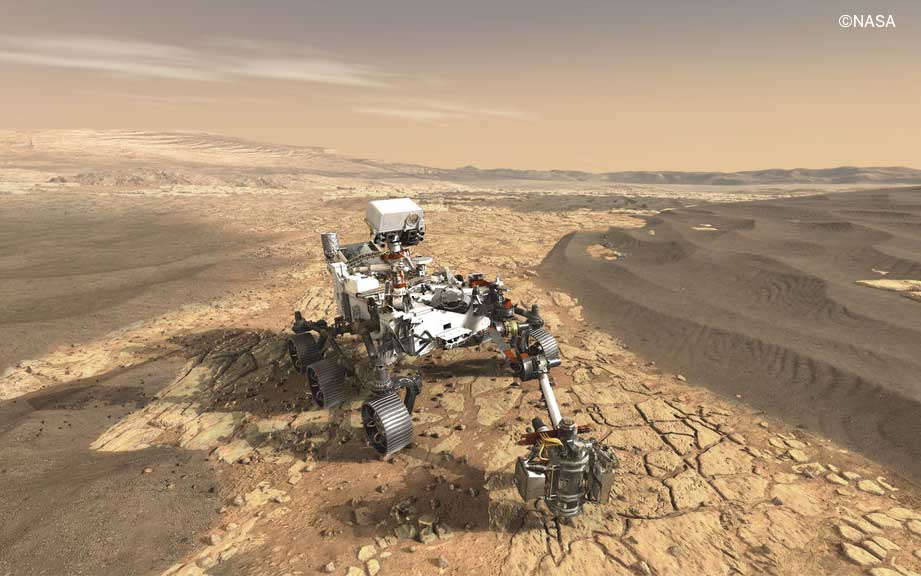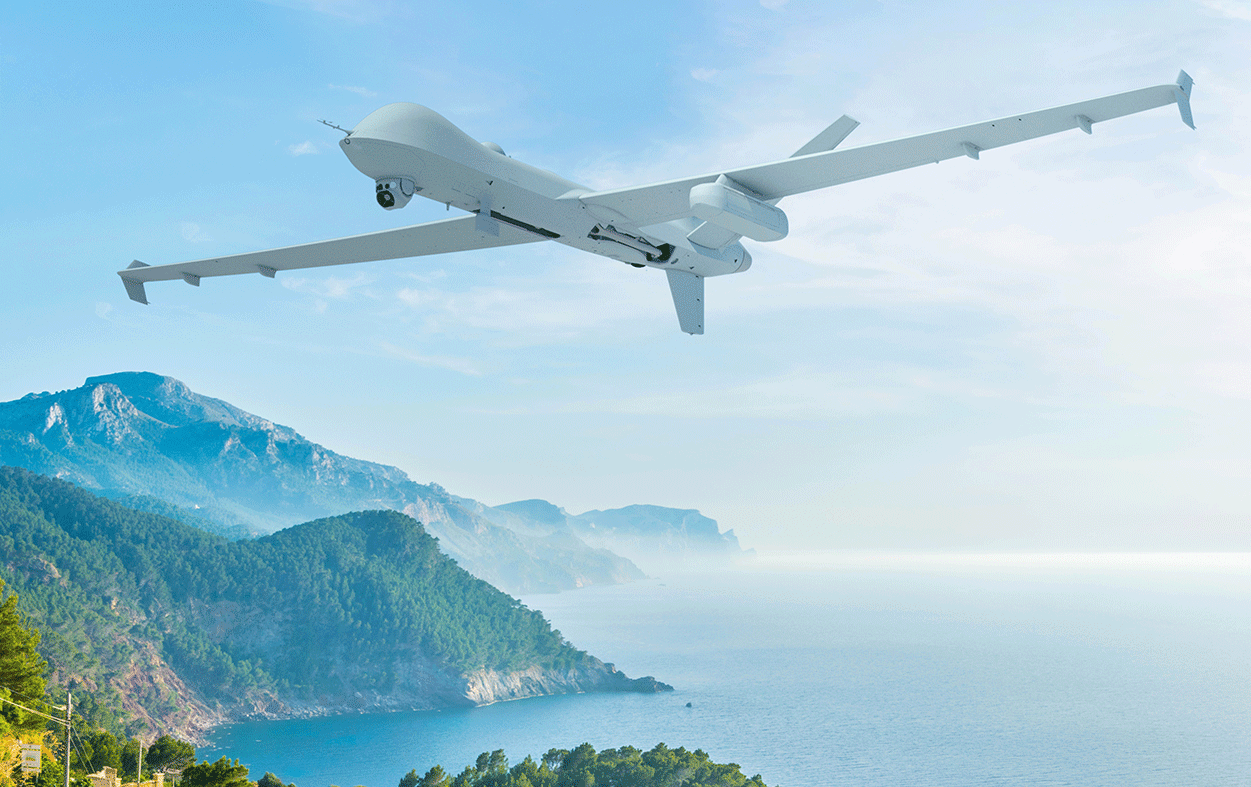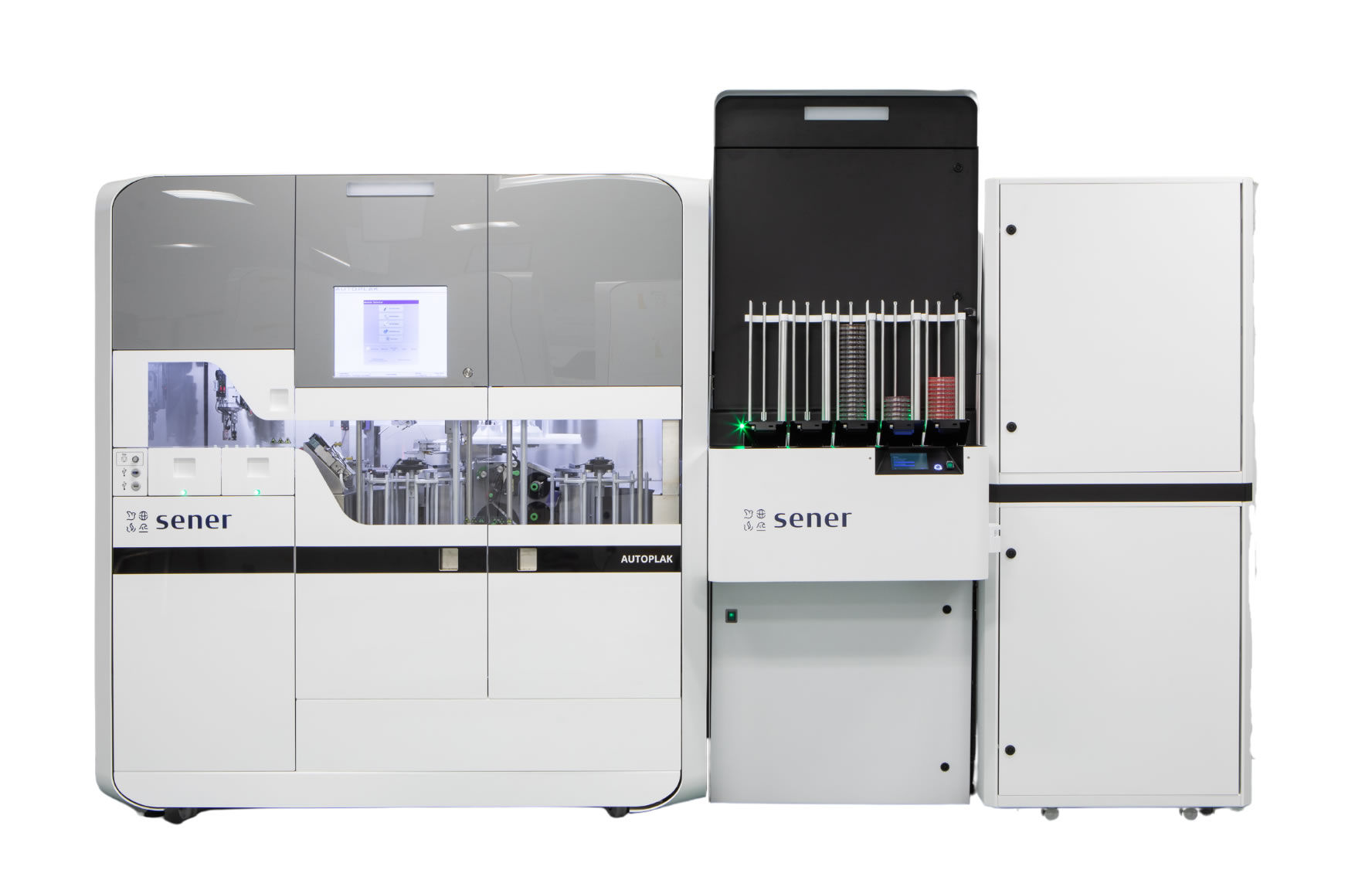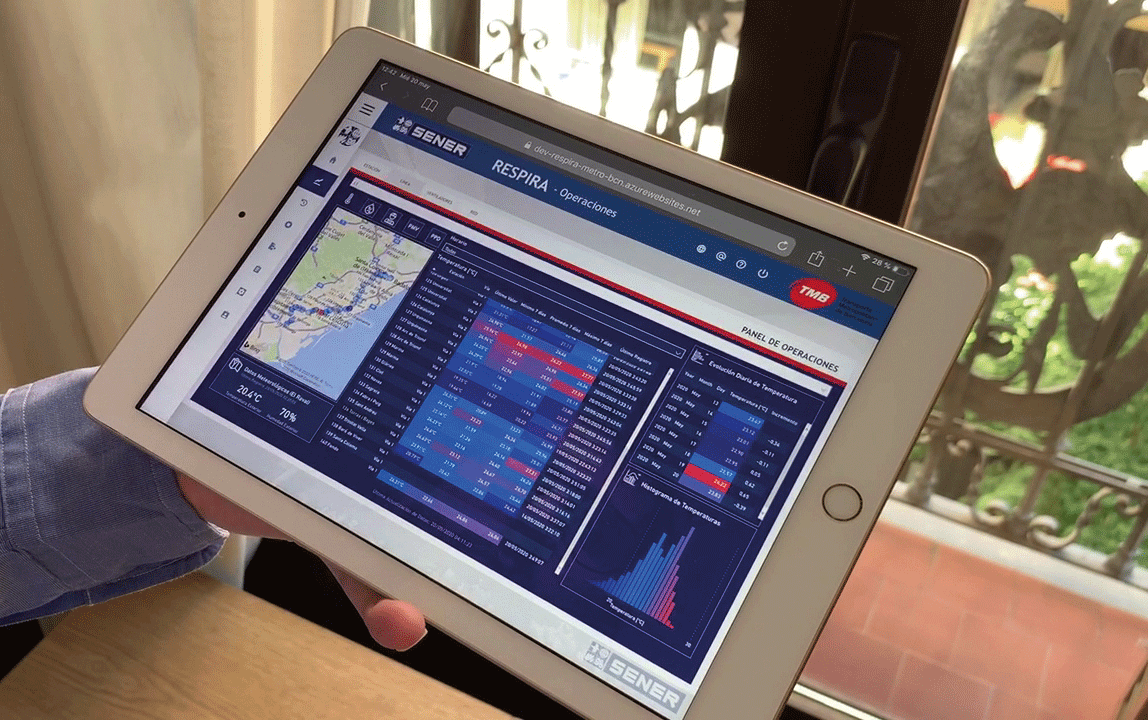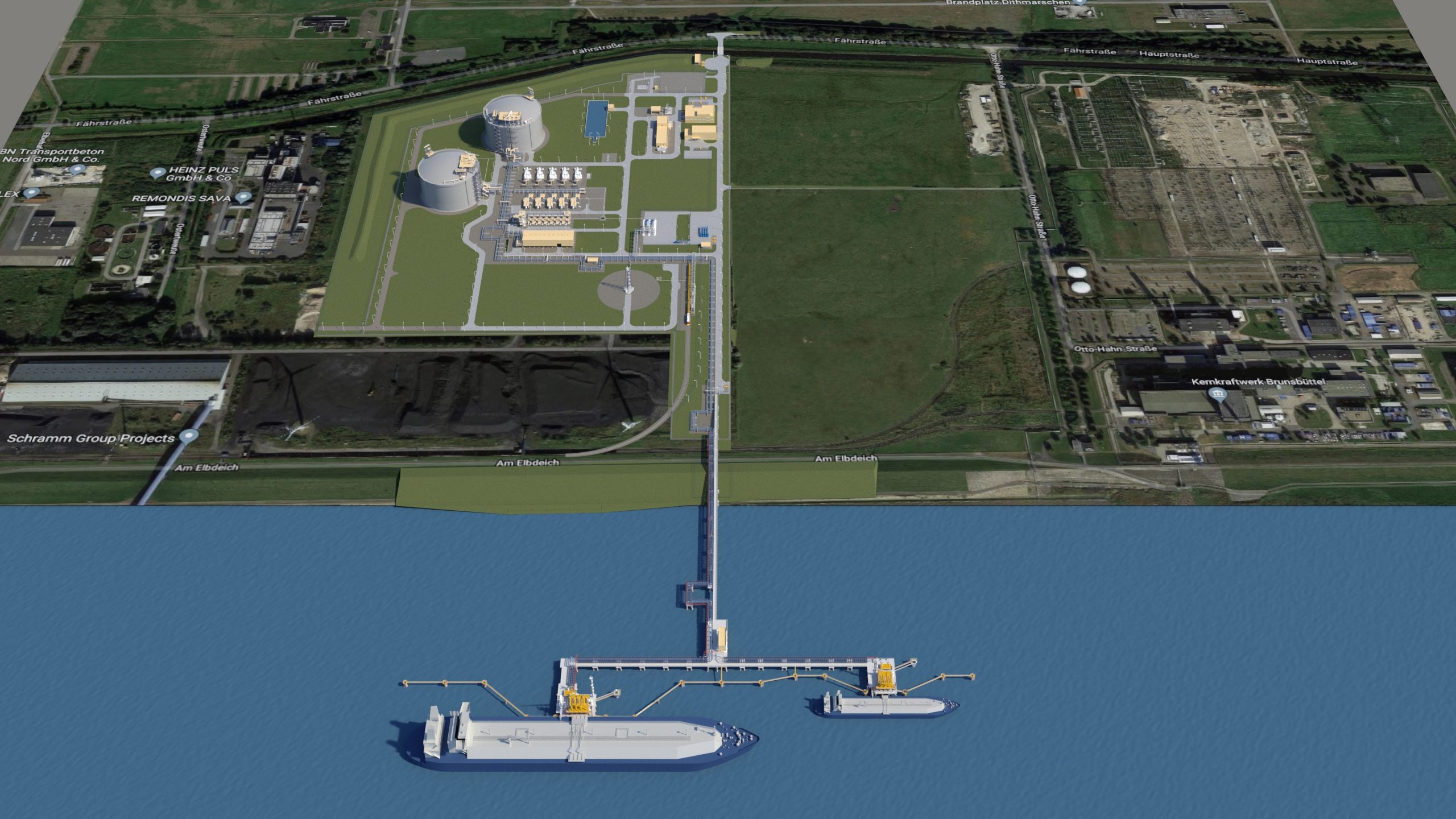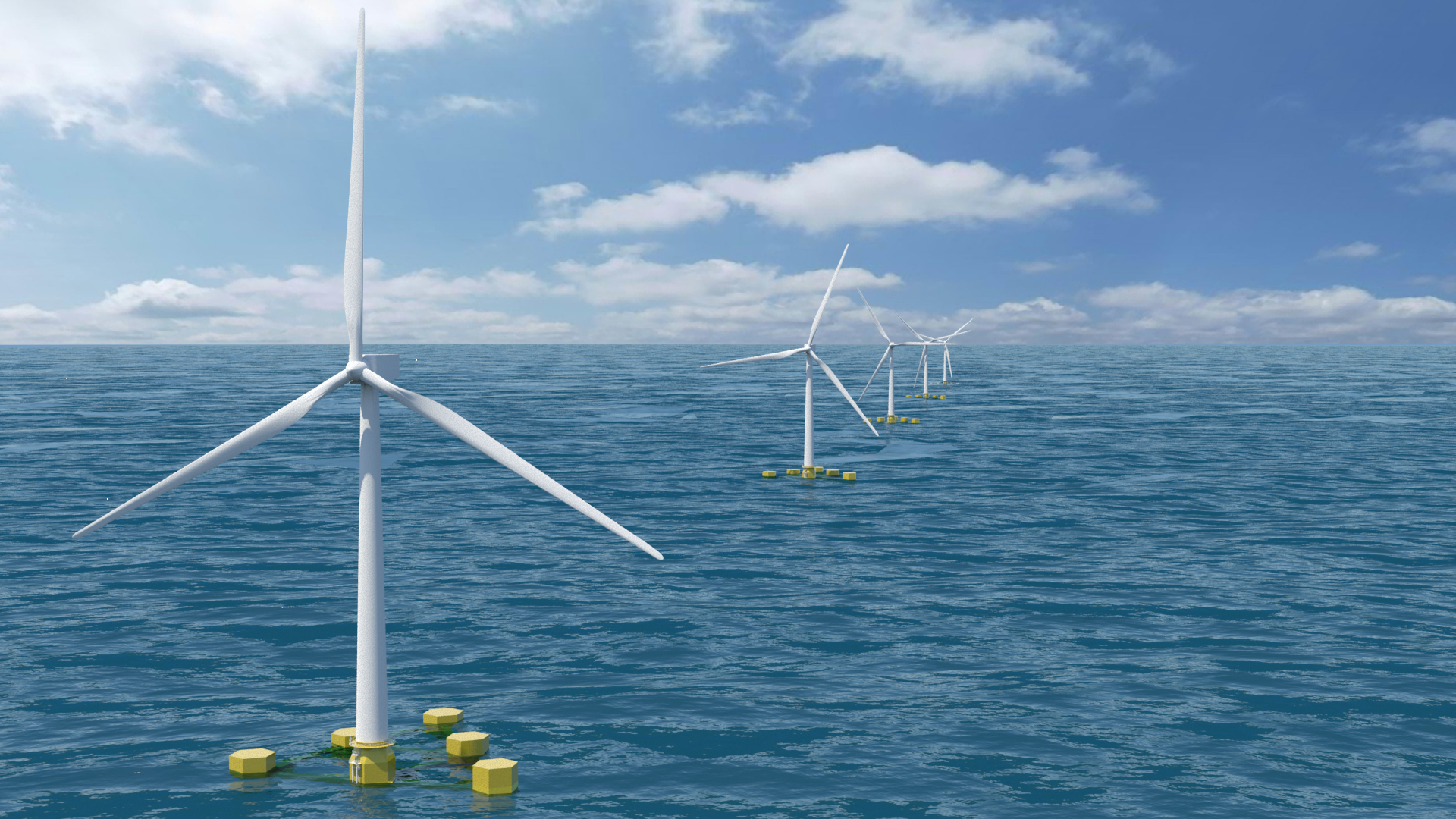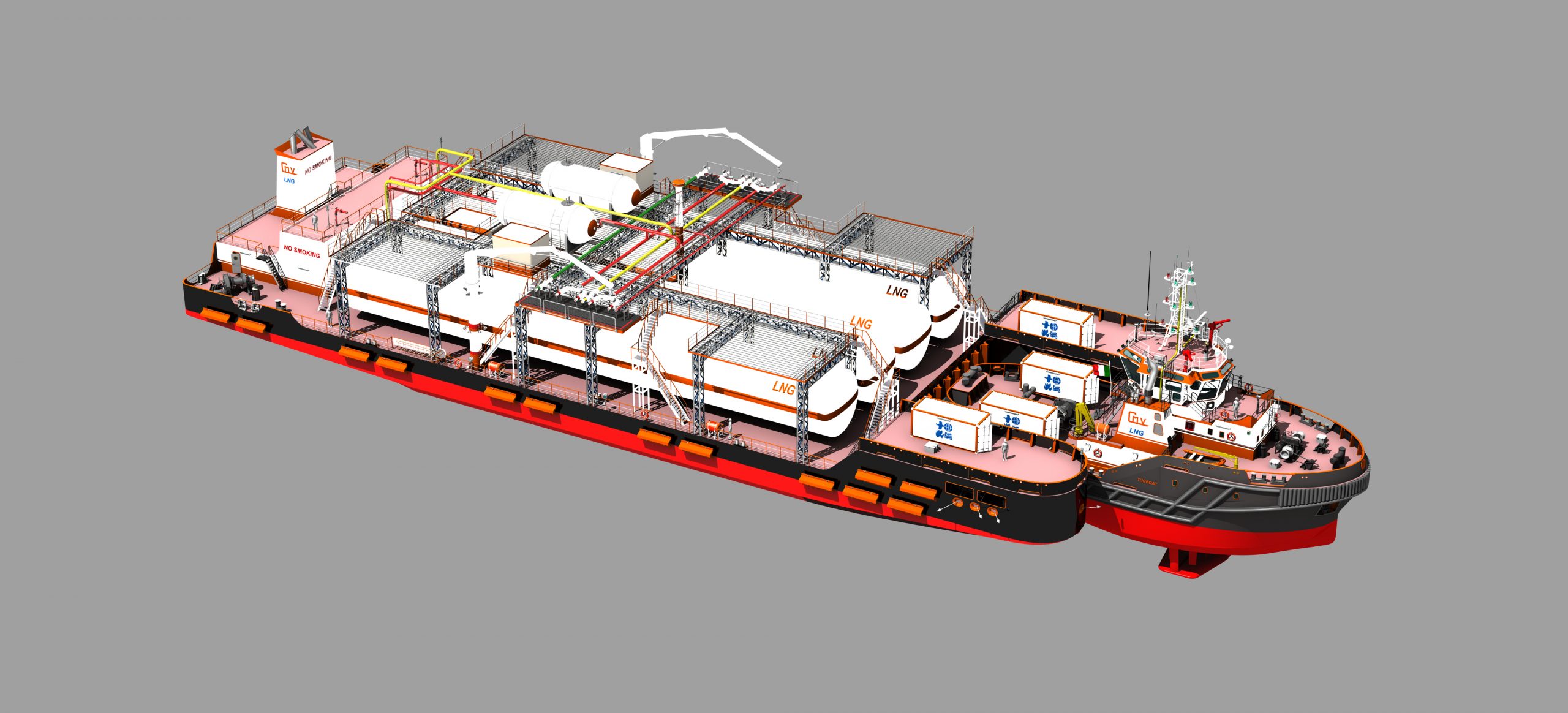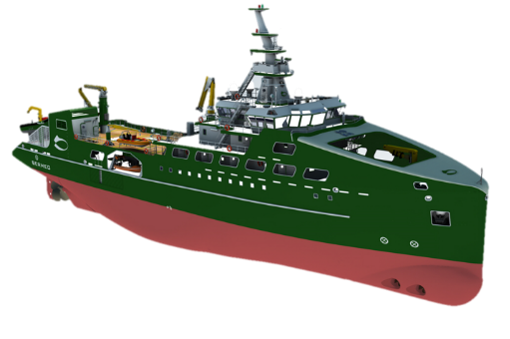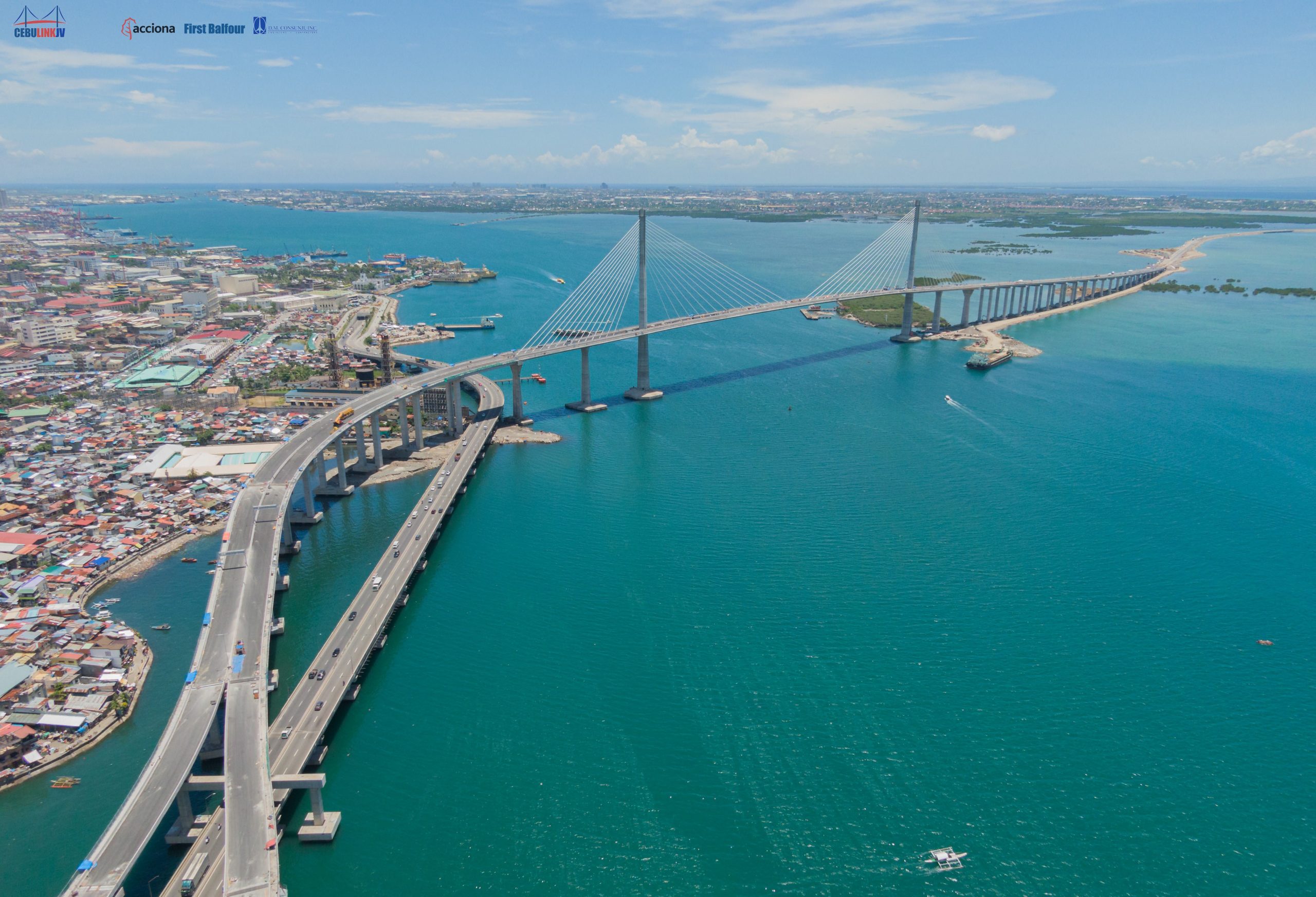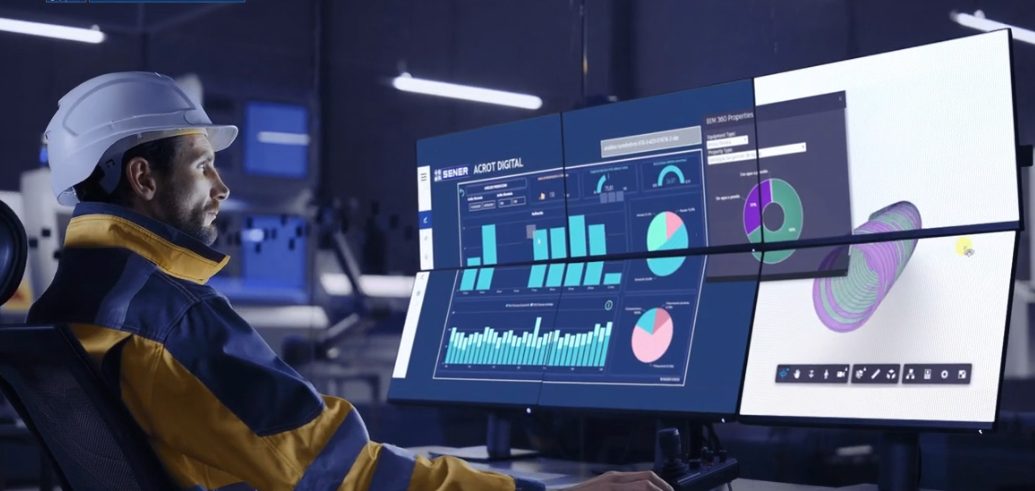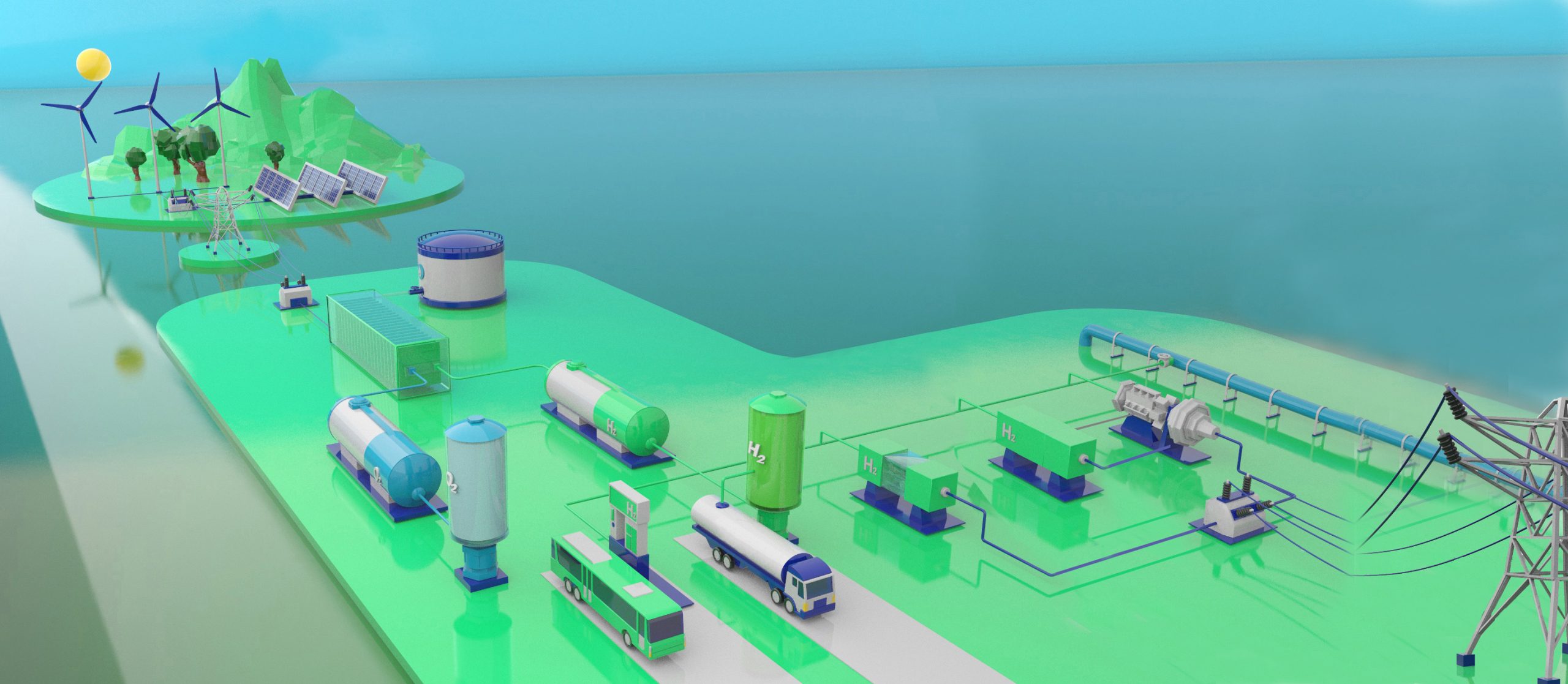
- Energy
- Digitalization
Categories:
Climate change is one of the greatest challenges we are facing as a society at a global level. More specifically, ambitious targets have been set in Europe, such as reaching climate neutrality on the continent by 2050 while focusing on the need to move towards a decarbonised economy. And it is already a matter subject to scrutiny and accountability: the Corporate Sustainability Reporting Directive (CSRD) establishes the obligation of reporting and taking specific actions in terms of sustainability. This will undoubtedly require a broad scale availability of renewable sources, the contribution of which is undeniable for the environment’s preservation.
However, this deployment is not exempt from challenges relating to the energy system’s functioning. We are currently experiencing how these challenges are forcing the system’s modernisation and upgrade, which, logically, was designed to accommodate conventional technologies. As we innovate and technology matures, the system changes.
The greenest kilowatt is the one that goes unused. On this basis, energy management, understood as a series of actions and processes that seek to optimise energy generation and consumption, is an important issue when it comes to rationalising and reducing costs without affecting the user.
However, generating renewable energy at the point of origin is largely non-manageable: when there is no sun, there is no photovoltaic output, and the same is true when there is no wind, there is no wind power output. This has been historically the major challenge for renewables: availability. The situation is similar in terms of consumption, as it varies according to the associated production element, whether it is for an industrial environment or domestic consumption.
How can these two flows (generation and demand) be transformed into manageable elements? The answer is in the capacity to have available assets or mechanisms that allow disengaging both from their sources, whether through storage systems, charge regulation, hybridisation of the energy mix, etc. It is also essential to integrate them with energy management tools that enable controlling these systems and orchestrating the resulting flows.
Therefore, having available appropriate energy management tools will be increasingly important. They will become more and more common, interacting with new (or not so new, but progressively more consolidated) paradigms and systems (distributed generation, self-consumption, storage behind the meter or in front of the meter, etc.), actors (prosumers, energy communities, demand aggregators, etc.) and markets (capacity, flexibility in demand, etc.).
These changes will undoubtedly be positive. They present challenges, but they will bring self-sufficiency, autonomy and resilience to change. Think about, for example, storage technologies and their ability to be used as a backup at times when a system is no longer supplied.
Manageability beyond operations
In the infrastructure market, the BIM methodology and digital twins are very useful for performing simulations that enable us to work more efficiently and closer to the situation on the ground. In the energy field, the situation is similar. In the case of manageability, in addition to the operations, simulation tools allow working on the operational methods and even forecast future energy management.
This is especially useful, for example, when it comes to defining the optimal size of each asset on a combined basis and according to the desired goal, from maximising income to reducing costs, including a reduction of the carbon footprint or the achievement of a certain degree of self-sufficiency or energy independence.
Within this scope, Sener has developed its own tool for the optimal sizing and design of energy assets (DAE) via simulation, as well as an EMS (Energy Management System) to operate and manage various energy assets and storage systems in real time and in an optimal way. These types of solutions meet three objectives:
- Optimising, in real time, the combined operation of energy generation, storage and demand in the different facilities, in an integrated manner
- Making the most of the facilities’ resources, by helping to achieve greater levels of energy efficiency and self-sufficiency and to curtail costs and equipment degradation
- Obtaining a comprehensive vision: the most important aspect in decision-making is having reliable data. Technology already allows for monitoring energy management in real time. And not only knowing what has happened or what is happening, but also carrying out predictive analyses that enable the user to anticipate potential scenarios
In short, having the capacity to manage energy systems effectively and comprehensively is a differential element in the search for the much-desired energy efficiency. More so, not only at a time of technological change, but also of a firm commitment to energy transition.
- energy efficiency
- energy
- EMS
Tags:
Josu Arana
Más de veinte años de experiencia como ingeniero eléctrico relacionado con el diseño eléctrico en las áreas de energía, industrial y de infraestructuras y como ingeniero de proyecto en EPC (proyectos llave en mano) en plantas de generación de energía eléctrica. Entre los proyectos en los que ha participado, figuran la planta termosolar NOORo II (Marruecos), el EPC de la planta de generación con biomasa de Ence en Huelva o la planta de ciclo combinado de Boroa. Actualmente, lidera el área de tecnología de gestionabilidad energética tras un periodo como responsable de la disciplina eléctrica.

 About us
About us